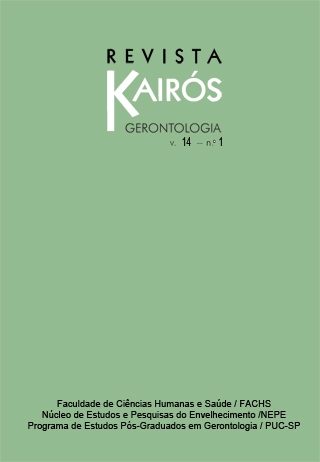Widowhoo: The representation of death through male and female vision
DOI:
https://doi.org/10.23925/2176-901X.2011v14i1p137-147Keywords:
Elderly, Mourning, Male Widowhood, Female WidowhoodAbstract
The article presents an understanding of widowhood through the after death of spouse experience, what brings considerable changes for both widow and widower over 65 years old. Psychic conflicts in the identity of the elderly and the consequences that it might bring. As consequence, the man's widowhood can cause great loss of woman's care, on the other hand, woman's life also changes after losing the authority, but at the same time freedom, provided by man. By understanding the phenomenon of widowhood we can start taking in consideration its uniqueness and human subjectivity rescuing the gender differences, though.Downloads
How to Cite
Rubio, M. E., Wanderley, K. S., & Ventura, M. M. (2011). Widowhoo: The representation of death through male and female vision. Revista Kairós-Gerontologia, 14(1), 137–147. https://doi.org/10.23925/2176-901X.2011v14i1p137-147
Issue
Section
Papers


